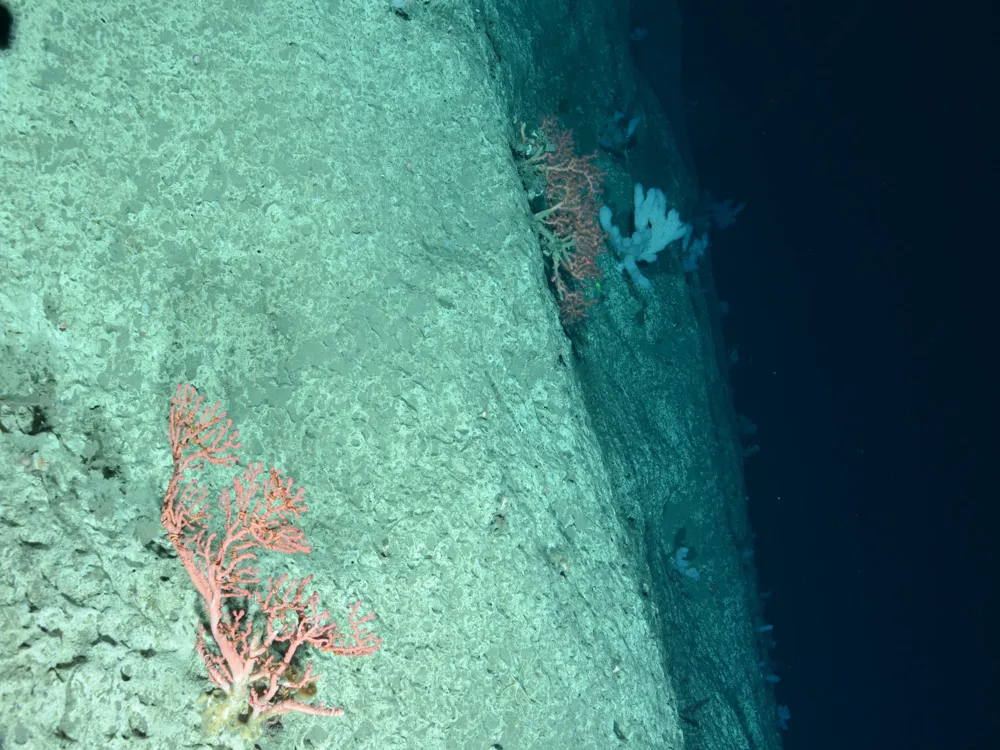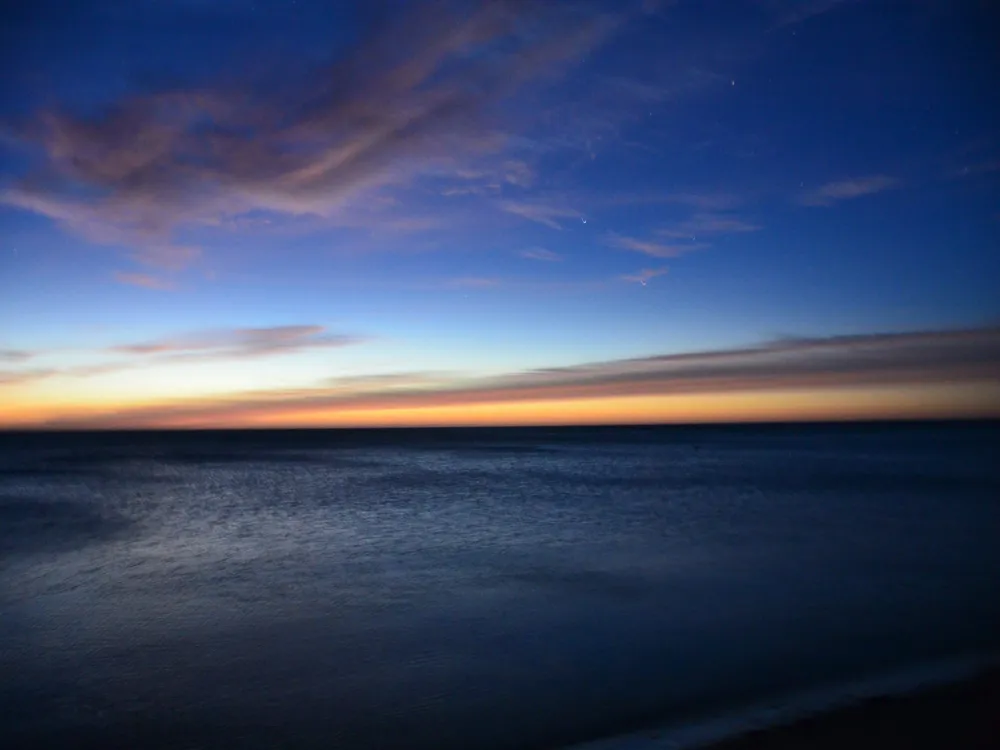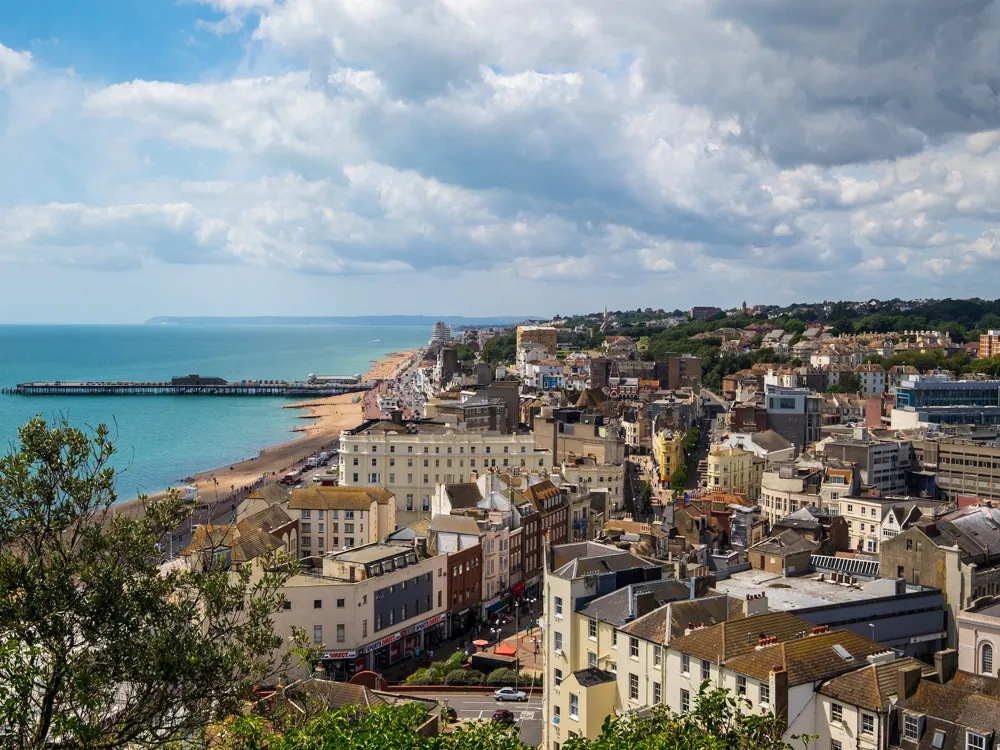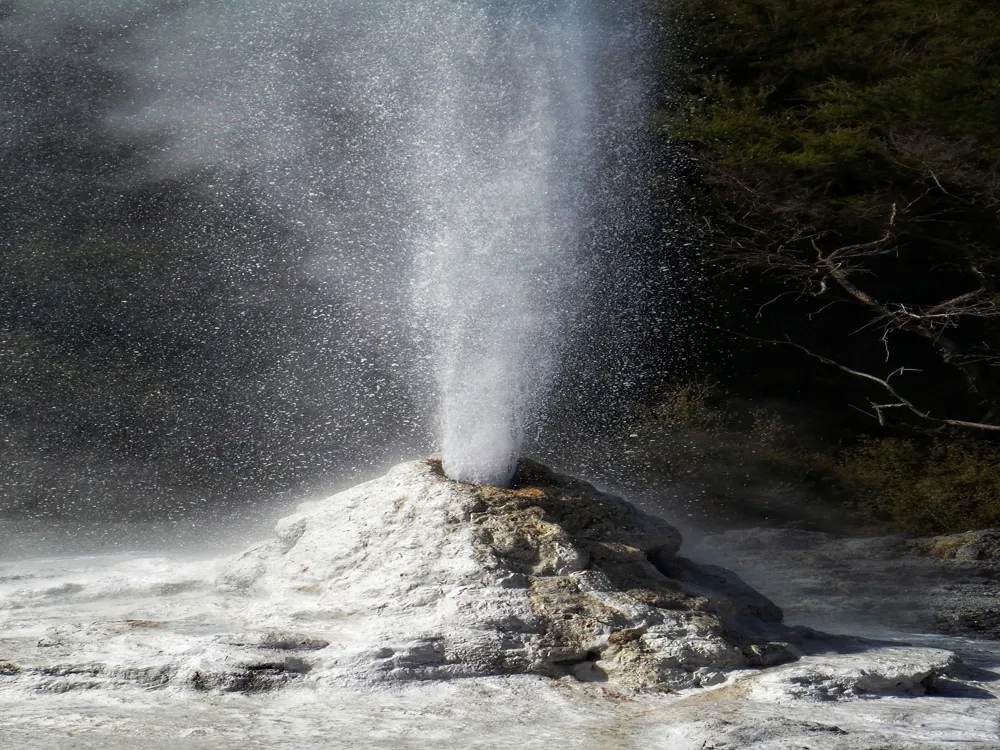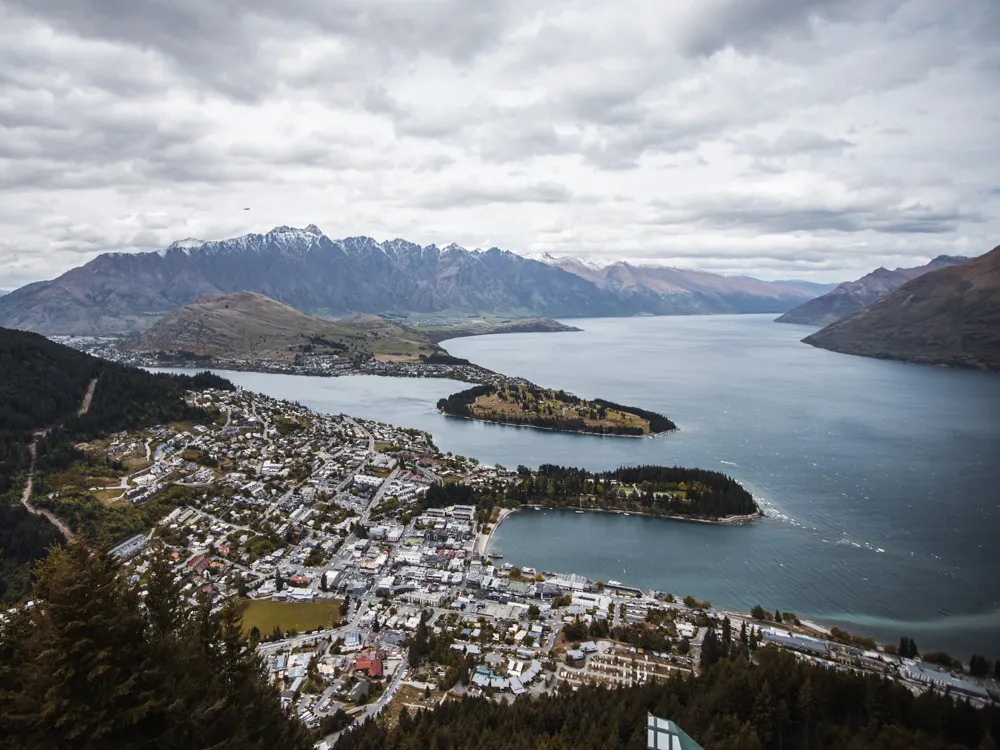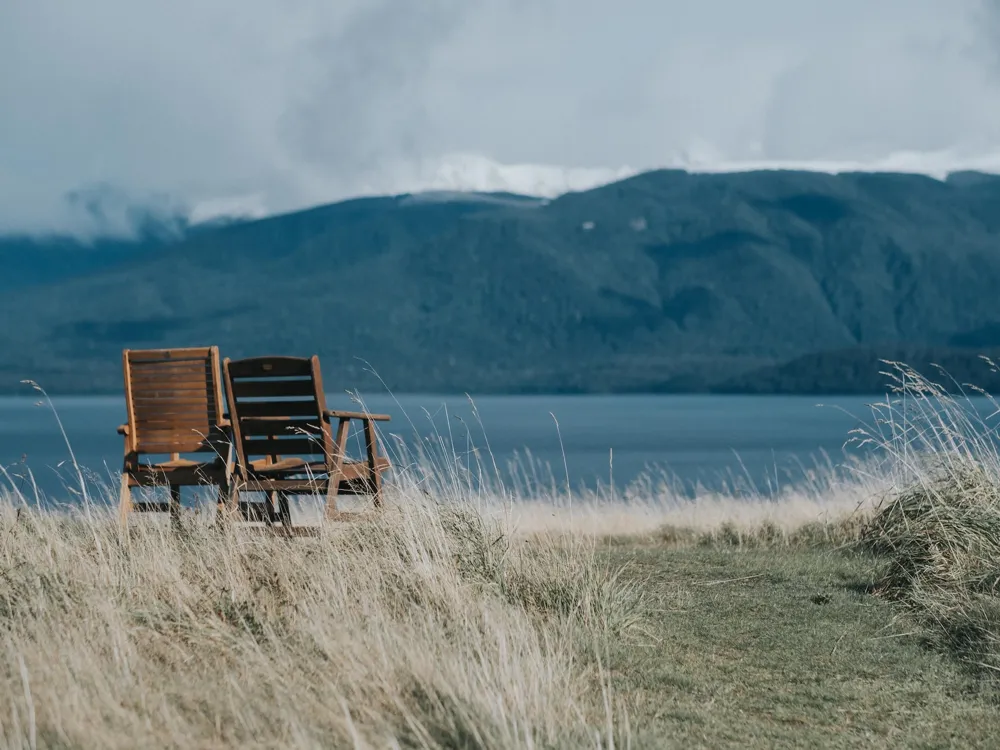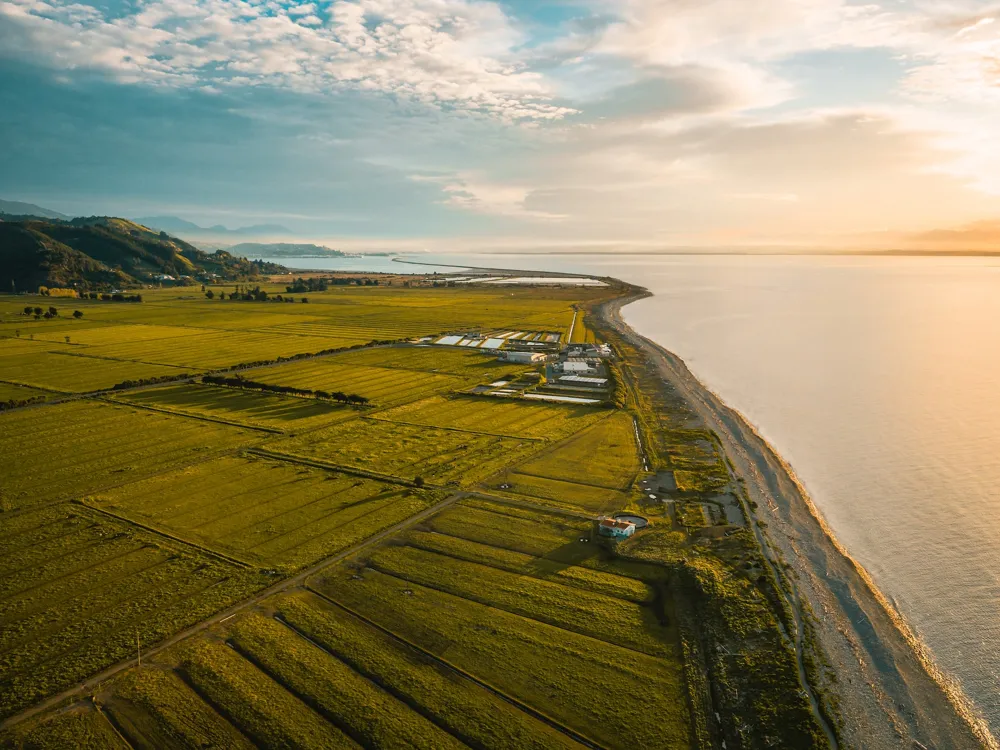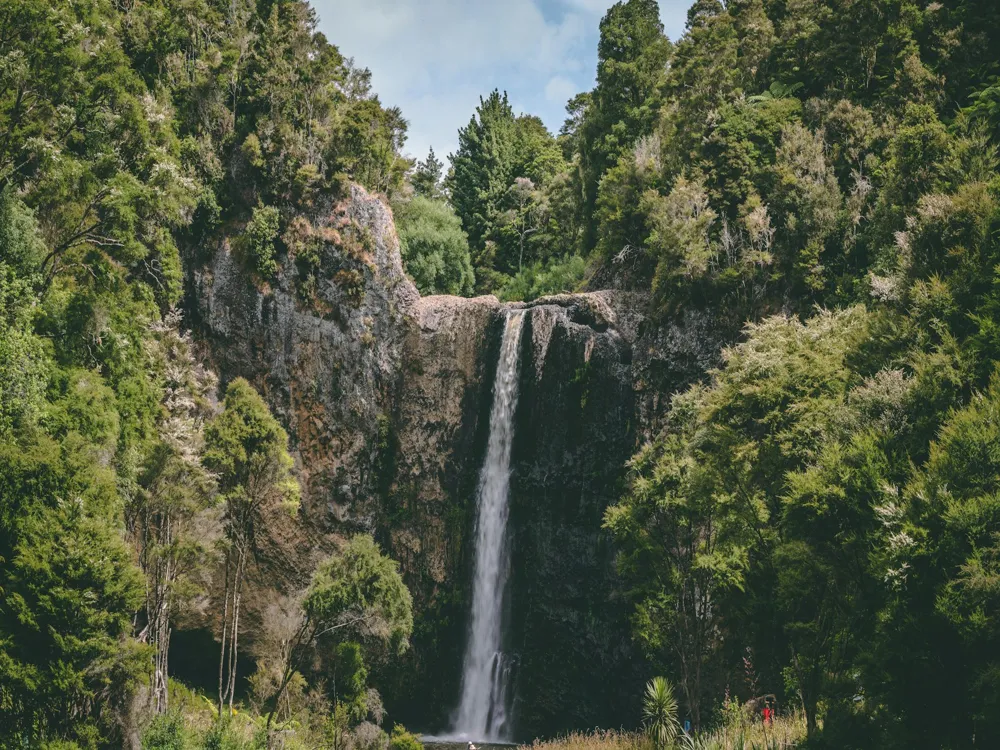The Napier Centennial Gardens, a verdant oasis in the heart of Napier, New Zealand, stands as a testament to the city's resilience and commitment to beauty. Established to commemorate the centennial of the signing of the Treaty of Waitangi, these gardens are not just a place of natural beauty, but also a symbol of New Zealand's history and cultural heritage. Nestled within the scenic Hawke's Bay region, the gardens provide a serene retreat amidst the bustling city life. Spanning several acres, the Napier Centennial Gardens is a masterpiece of landscape architecture, integrating native and exotic flora in a harmonious display. The gardens' layout is a thoughtful blend of formal and informal spaces, offering visitors a varied sensory experience. Central to its allure is the meticulously maintained flower beds, showcasing a riot of colors throughout the year, and the tranquil ponds that mirror the sky, creating a sense of infinite space. The history of the Napier Centennial Gardens is as fascinating as its flora. The gardens were developed after the devastating 1931 Hawke's Bay earthquake, which reshaped much of Napier's landscape. In the aftermath, the city embarked on a remarkable reconstruction journey, leading to the birth of the gardens in 1940. This initiative not only provided a green lung for the city but also marked a significant milestone in its recovery and regeneration. Over the decades, the Napier Centennial Gardens have evolved, incorporating new features and plant species, yet they have retained their original charm and purpose. They serve as a living museum, preserving the botanical heritage of the region, and as a sanctuary for both residents and tourists seeking peace and natural beauty. The gardens also play host to a variety of cultural events and festivities, reflecting the vibrant community spirit of Napier. The architecture of the Napier Centennial Gardens is a harmonious fusion of natural and man-made elements, designed to accentuate the beauty of the surrounding landscape. The main architectural features include the Sunken Garden, the Waterfall, the Rose Garden, and the Viewing Platform, each offering a unique perspective of the gardens. The Sunken Garden, a central feature of the gardens, is a stunning example of landscape architecture. Originally a quarry, this area was transformed into a terraced garden, with stone walls and staircases leading down to a peaceful pond. The choice of plants in the Sunken Garden is strategic, with a focus on species that thrive in the sheltered, microclimate of the area. Adjacent to the Sunken Garden is the iconic Waterfall, a man-made marvel that adds a dynamic element to the gardens' landscape. The sound of cascading water creates a tranquil ambiance, while the surrounding foliage provides a lush backdrop, making it a favorite spot for photographers and nature enthusiasts. The Rose Garden is another architectural highlight, featuring a collection of heritage and contemporary rose varieties. The layout of the Rose Garden is geometrically precise, with symmetrical beds bordered by low hedges, creating a sense of order and elegance. This area is particularly spectacular during the blooming season when the roses display their full glory. Finally, the Viewing Platform offers a panoramic view of the entire gardens and the adjacent Marine Parade. This elevated spot is not only a great vantage point but also a testament to the thoughtful design of the gardens, integrating viewpoints that capture the beauty of both the gardens and the cityscape. The best time to visit the Napier Centennial Gardens is during the spring and summer months when the flowers are in full bloom and the weather is most favorable. However, the gardens are open year-round and each season offers its unique charm. Consider taking a guided tour to gain deeper insights into the history and botanical aspects of the gardens. These tours are often led by knowledgeable guides who can provide interesting anecdotes and answer any questions. For photography enthusiasts, the gardens offer numerous opportunities. Early morning or late afternoon light provides the best conditions for capturing the beauty of the flora. Don't forget to visit the Waterfall and the Viewing Platform for some stunning shots. The gardens are mostly wheelchair accessible, with many paths paved and flat. However, some areas, like the Sunken Garden, may be challenging to access for those with mobility issues. There are several amenities within the gardens, including restrooms, picnic areas, and benches. However, it's advisable to carry water and snacks, as there are limited refreshment options available on site. Napier Centennial Gardens are easily accessible from various parts of the city. For those driving, there is ample parking available near the gardens. Public transport is also a convenient option, with several bus routes passing near the gardens. Additionally, the gardens are within walking distance from the Napier city center, making them a perfect addition to a walking tour of the city. Read More:Overview of Napier Centennial Gardens
Architecture of Napier Centennial Gardens
Tips When Visiting Napier Centennial Gardens
Best Time to Visit
Guided Tours
Photography Tips
Accessibility
Facilities and Amenities
How To Reach Napier Centennial Gardens
Napier Centennial Gardens
Napier
₹ 142,000 onwards
View napier Packages
Napier Travel Packages
View All Packages For Napier
Top Hotel Collections for Napier

Private Pool

Luxury Hotels

5-Star Hotels

Pet Friendly
Top Hotels Near Napier
Other Top Ranking Places In Napier
View All Places To Visit In napier
View napier Packages
Napier Travel Packages
View All Packages For Napier
Top Hotel Collections for Napier

Private Pool

Luxury Hotels

5-Star Hotels

Pet Friendly










